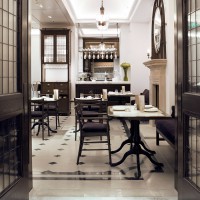
Thomas’s Burberry, London charm
8 July 2015
20 December 2016
Synchronised to the rhythmic soundtrack of New Order’s ‘Blue Monday’, The Design Museum London announced its re-opening in a memorable video as the ‘Museum that never closes’. It is an ode to the designs which shape our lives, which continually surround us at any given time, and which now have a dramatically upgraded showcase in central London. Sir Terence Conran, a renowned designer and influential entrepreneur, co-founded and nurtured the Design Museum over the past three decades to highlight the importance and value of design. Originally known as the Boilerhouse Project, a design gallery in a disused basement in the V+A, the growing collection was relocated in 1989 to a converted banana warehouse along the south bank of the Thames River. In 2006, Deyan Sudjic joined as the director and began planning for a larger and more centrally located building for the museum.
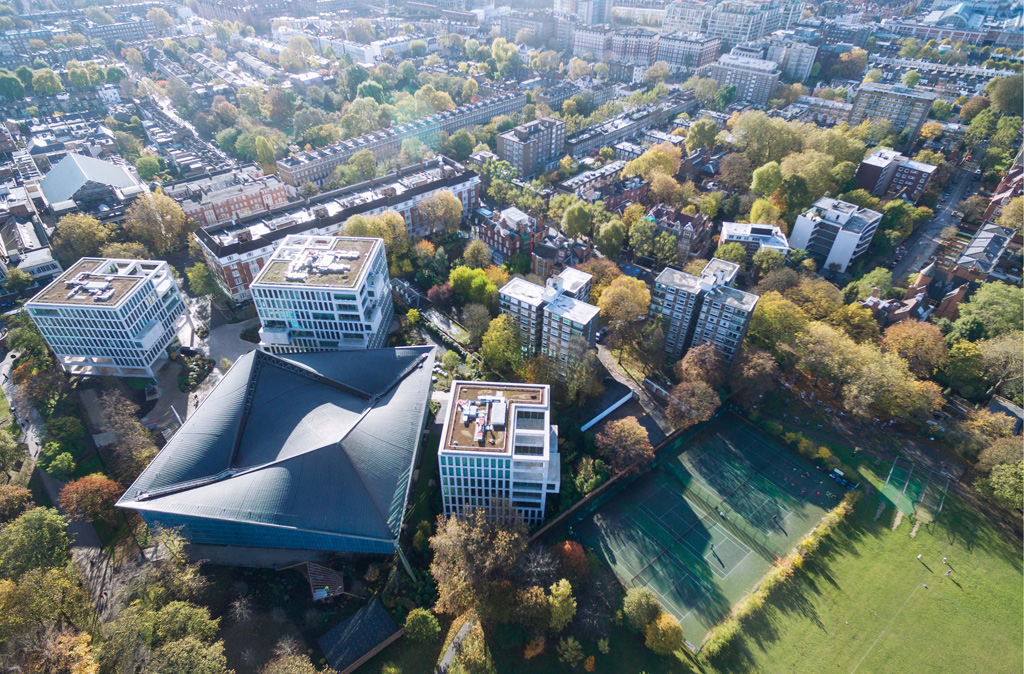
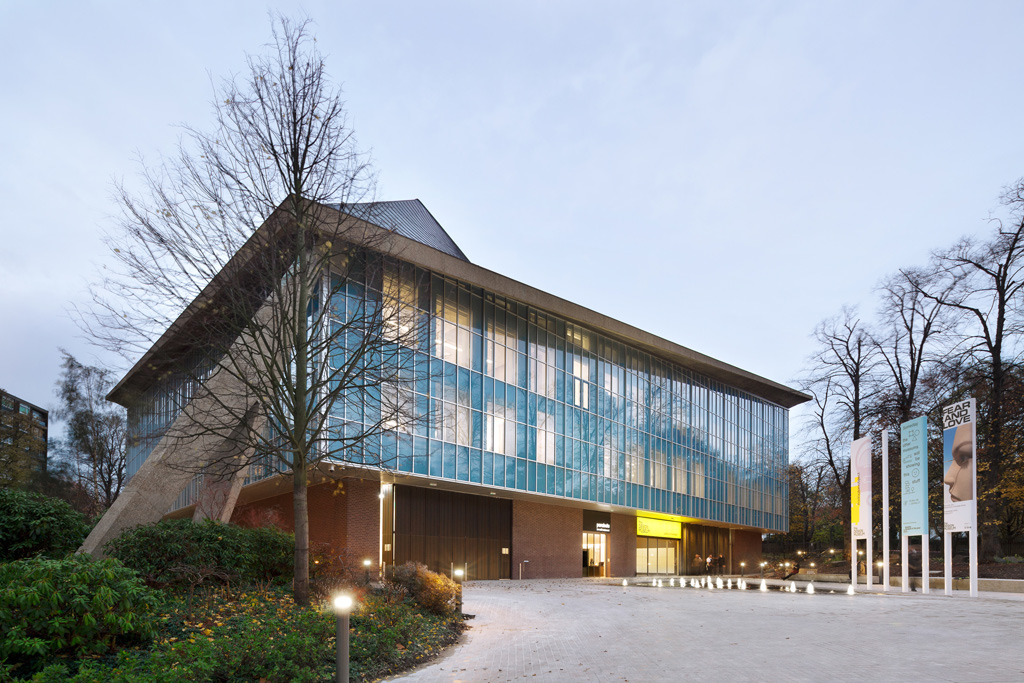
Under his direction, the Design Museum has presented a provocative range of exhibitions including retrospectives on contemporary designers such as Luigi Colani, architect Zaha Hadid, fashion designer Hussein Chalayan, graphic designer Jonathon Barnbrook, and establishing the annual ‘Designs of the Year’ awards, while devotedly growing its permanent collection and community reach. On November 24, the museum opened its doors to its new home – previously known as ‘The Commonwealth Institute’, sited between a new development designed by OMA and the rolling green of Holland Park. It’s main architectural feature, a paraboloid roof, has been preserved and remains the focus of the newly designed interior by John Pawson. The four-story central atrium opens up views towards the sculptural roof, contrasting the original concrete sail-like forms with a palette of precisely rectilinear and beautifully detailed oak, marble, terazzo, and glass finishes.

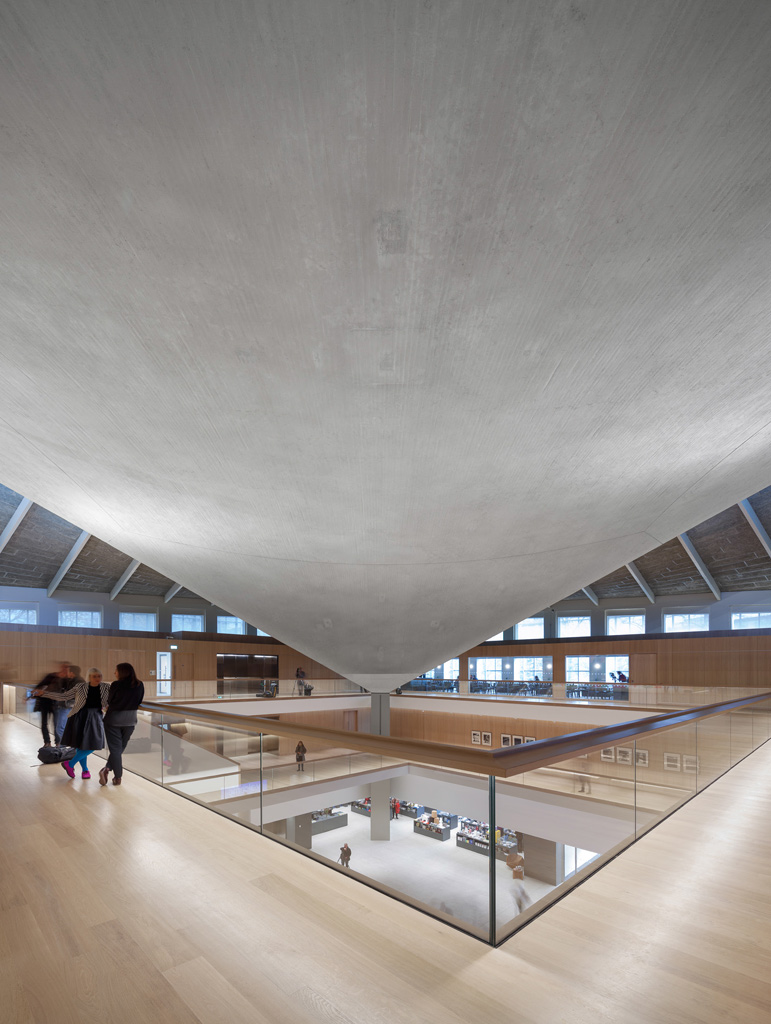
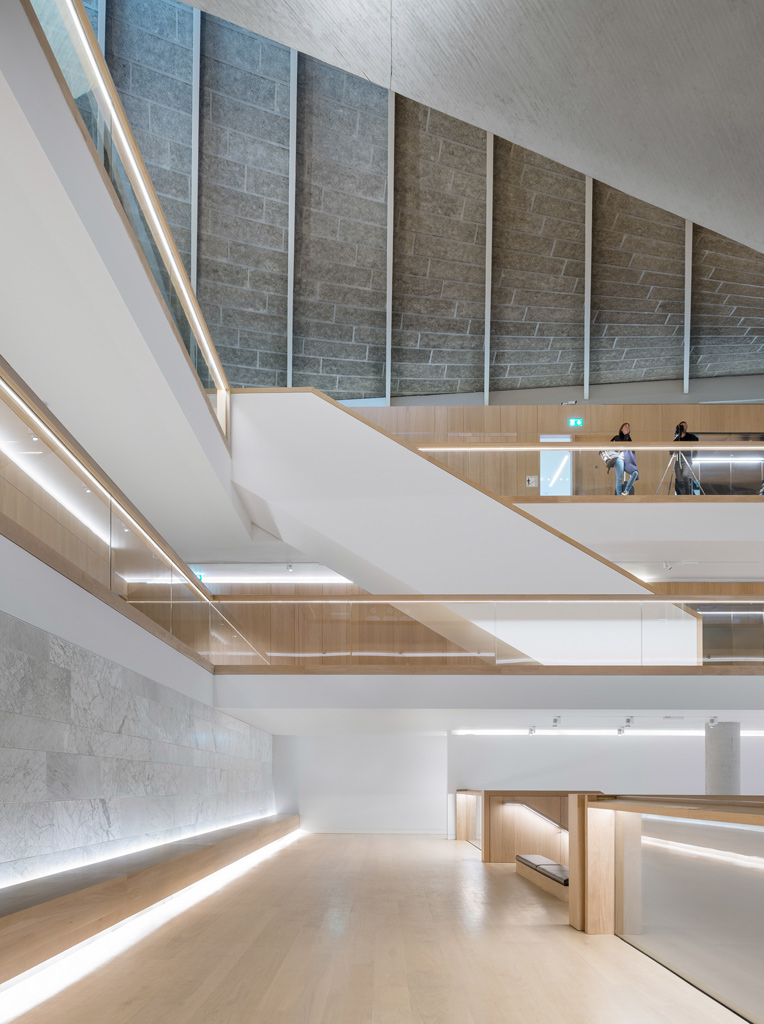
Ascending through the atrium reveals entrances to purpose built galleries, a restaurant, offices, library, and auditorium. In maintaining the museum’s dialogue with contemporary culture, its inaugural exhibition, ‘Fear and Love’ highlights the increasingly complex relationship between design and emergent technologies. The museum is also now able to house its designers in residence within the building and offer a portion of its permanent collection for public view, free of charge. As it begins a new chapter, the Design Museum has definitively grown up – in sophistication, capacity, and reach. Yet its vision to promote awareness of the influence and value of design in improving the quality of our lives, dictates that this museum has only embarked on the beginning of its journey.
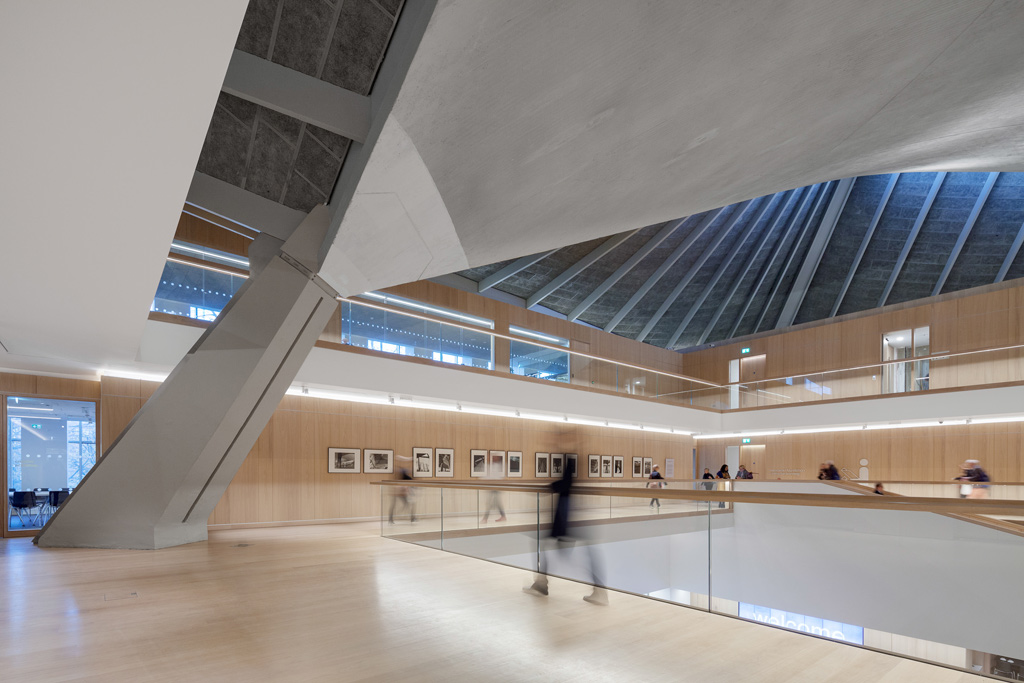
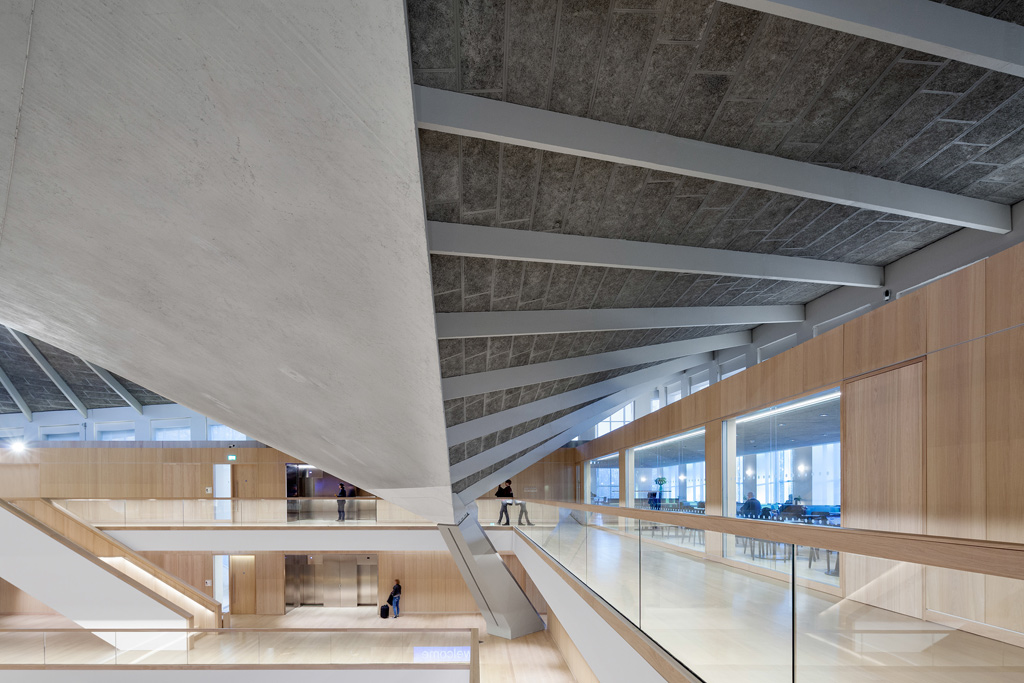
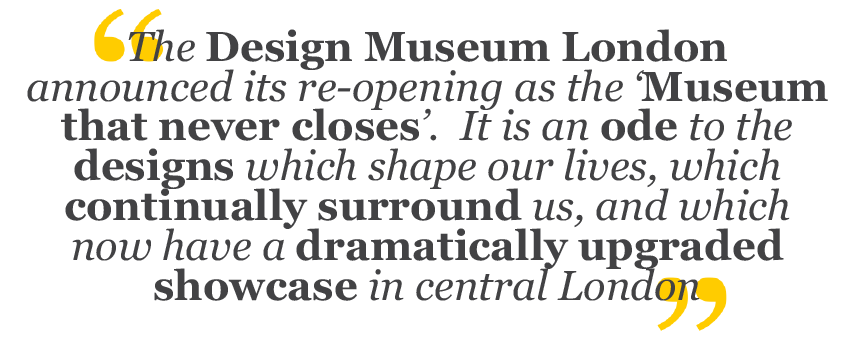
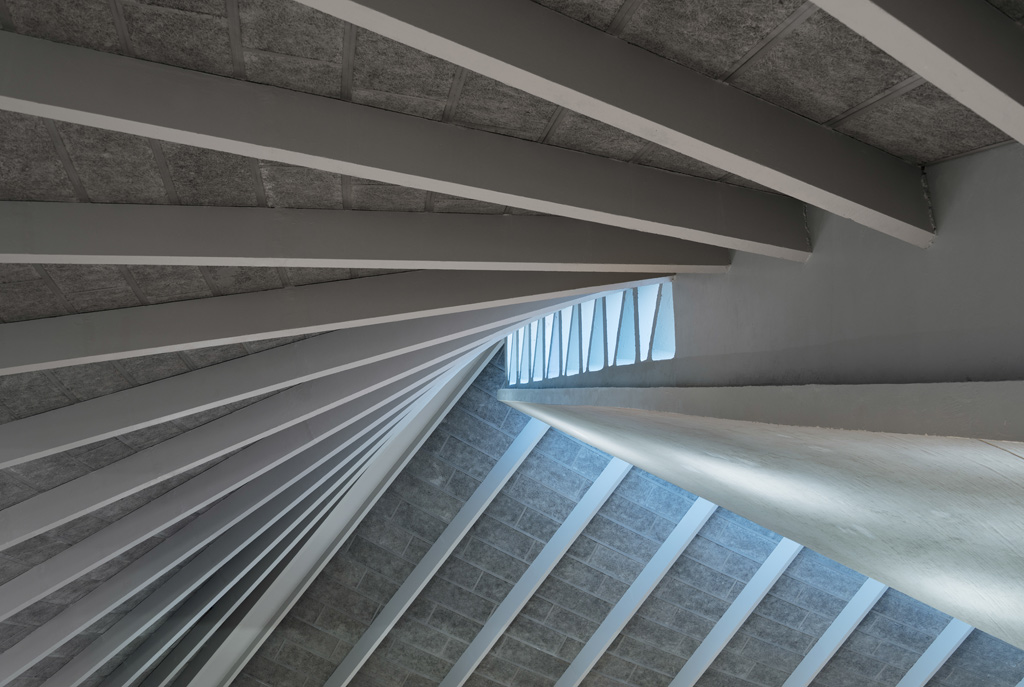
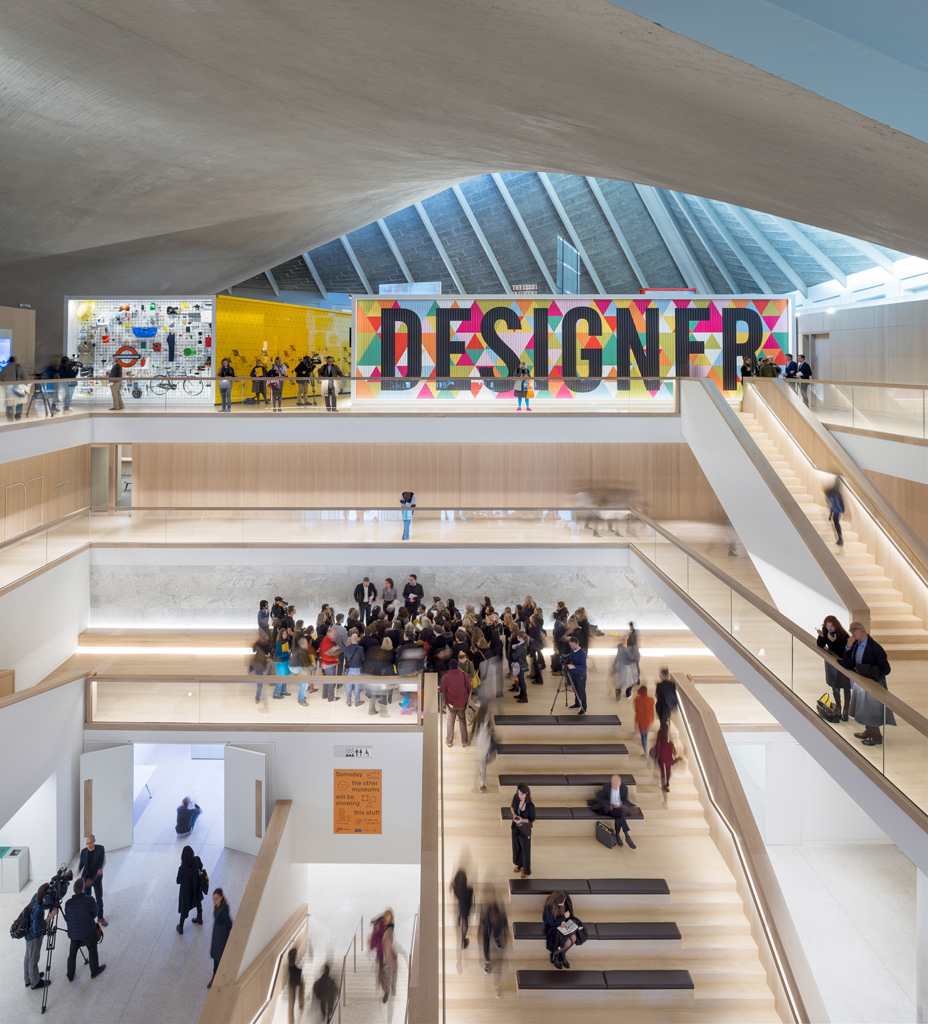
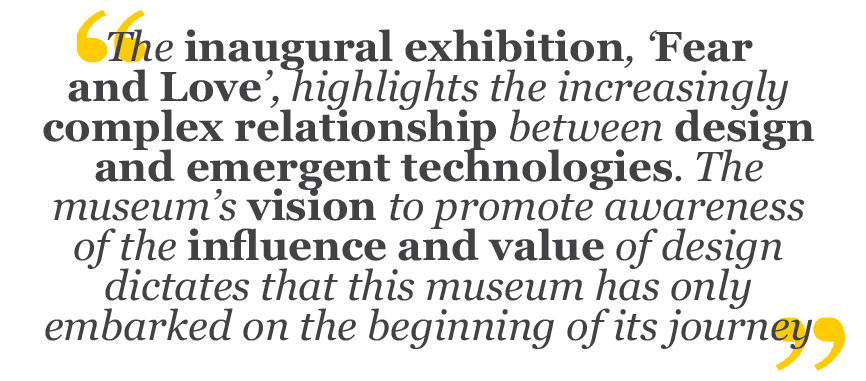
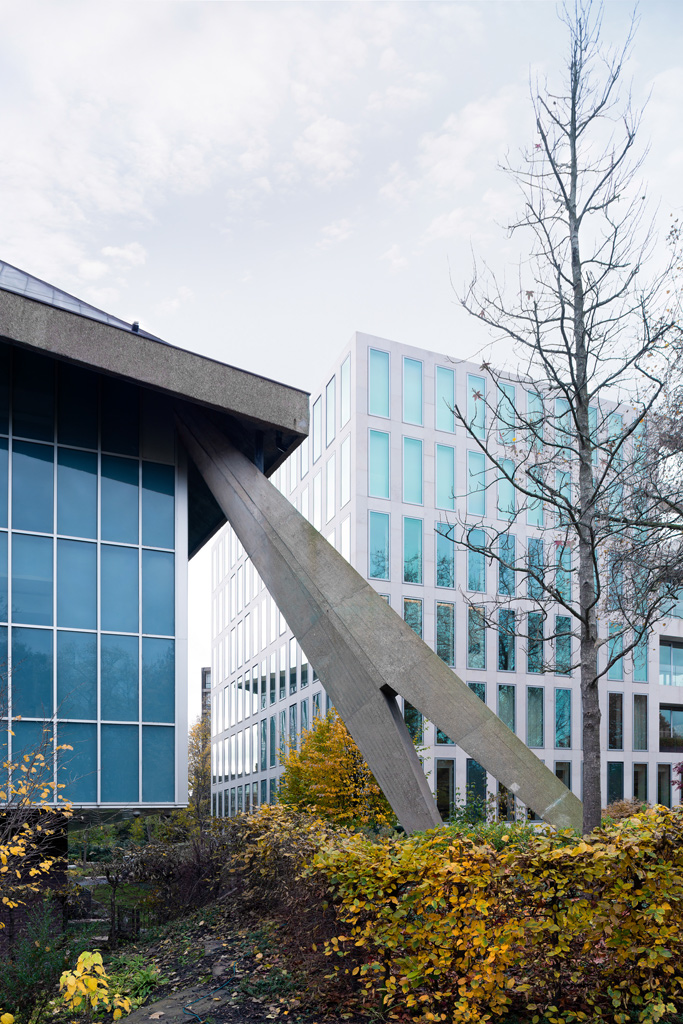
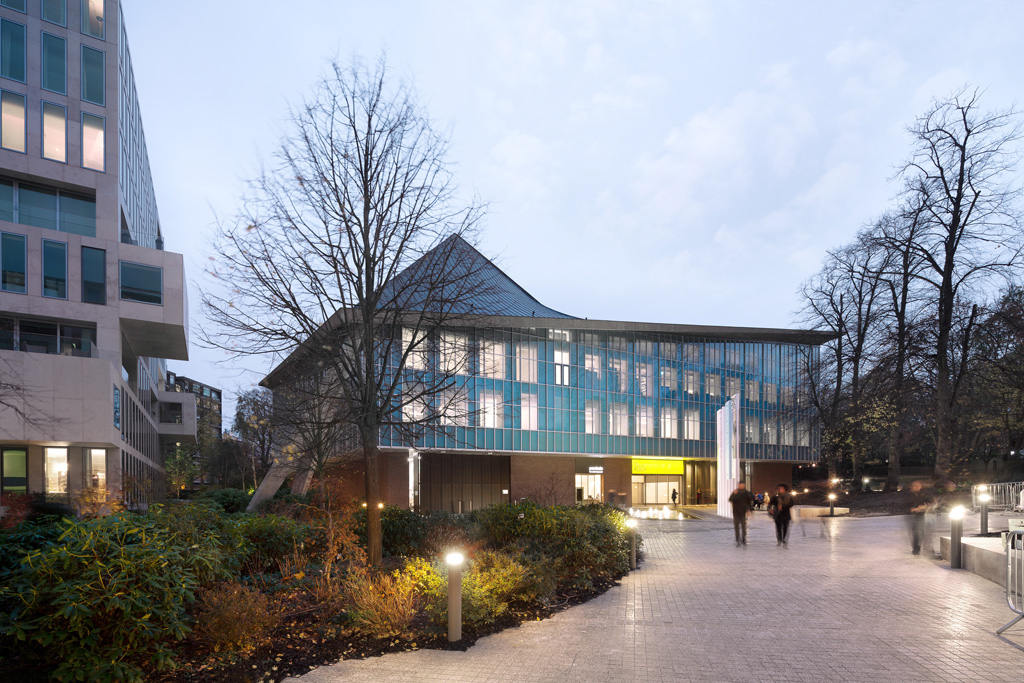
WHERE: 224 – 238 Kensington High Street, London, W8 6AG
Photography © NAARO
Aerial photograph by Yun Zhang
Synchronised to the rhythmic soundtrack of New Order’s ‘Blue Monday’, The Design Museum London announced its re-opening in a memorable video as the ‘Museum that never closes’. It is an ode to the designs which shape our lives, which continually surround us at any given time, and which now have a dramatically upgraded showcase in central London. Sir Terence Conran, a renowned designer and influential entrepreneur, co-founded and nurtured the Design Museum over the past three decades to highlight the importance and value of design. Originally known as the Boilerhouse Project, a design gallery in a disused basement in the V+A, the growing collection was relocated in 1989 to a converted banana warehouse along the south bank of the Thames River. In 2006, Deyan Sudjic joined as the director and began planning for a larger and more centrally located building for the museum. Under his direction, the Design Museum has presented a provocative range of exhibitions including retrospectives on contemporary designers such as Luigi Colani, architect Zaha Hadid, fashion designer Hussein Chalayan, graphic designer Jonathon Barnbrook, and establishing the annual ‘Designs of the Year’ awards, while devotedly growing its permanent collection and community reach. On November 24, the museum opened its doors to its new home – previously known as ‘The Commonwealth Institute’, sited between a new development designed by OMA and the rolling green of Holland Park. It’s main architectural feature, a paraboloid roof, has been preserved and remains the focus of the newly designed interior by John Pawson. The four-story central atrium opens up views towards the sculptural roof, contrasting the original concrete sail-like forms with a palette of precisely rectilinear and beautifully detailed oak, marble, terazzo, and glass finishes. Ascending through the atrium reveals entrances to purpose built galleries, a restaurant, offices, library, and auditorium. In maintaining the museum’s dialogue with contemporary culture, its inaugural exhibition, ‘Fear and Love’ highlights the increasingly complex relationship between design and emergent technologies. The museum is also now able to house its designers in residence within the building and offer a portion of its permanent collection for public view, free of charge. As it begins a new chapter, the Design Museum has definitively grown up – in sophistication, capacity, and reach. Yet its vision to promote awareness of the influence and value of design in improving the quality of our lives, dictates that this museum has only embarked on the beginning of its journey.
WHERE: 224 – 238 Kensington High Street, London, W8 6AG
Photography © NAARO
Aerial photograph by Yun Zhang

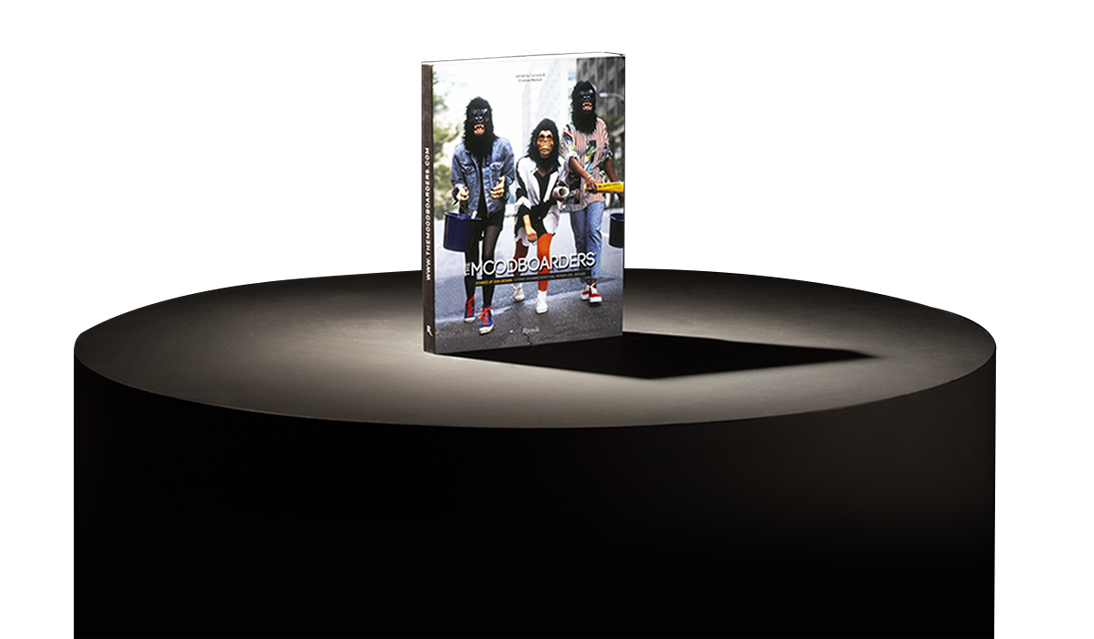

The Moodboarders is a glance into the design world, which, in all of its facets, captures the extraordinary even within the routine. It is a measure of the times. It is an antenna sensitive enough to pick-up on budding trends, emerging talents and neglected aesthetics. Instead of essays, we use brief tales to tune into the rhythm of our world. We travelled for a year without stopping, and seeing as the memory of this journey has not faded, we have chosen to edit a printed copy. We eliminated anything episodic, ephemeral or fading, maintaining a variety of articles that flow, without losing the element of surprise, the events caught taking place, and the creations having just bloomed.